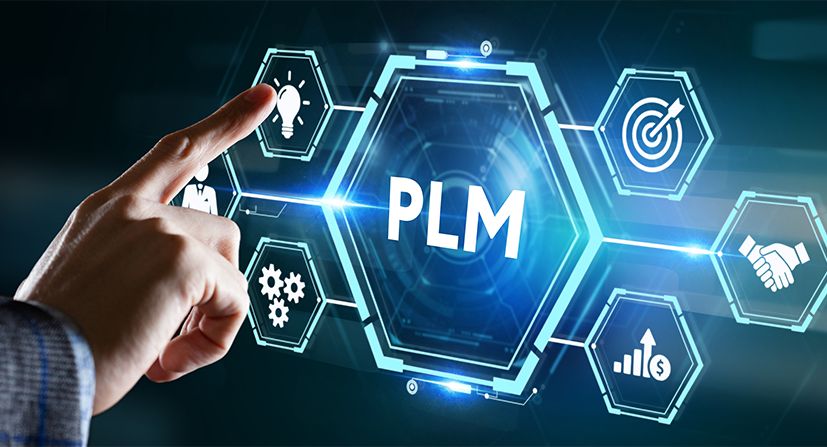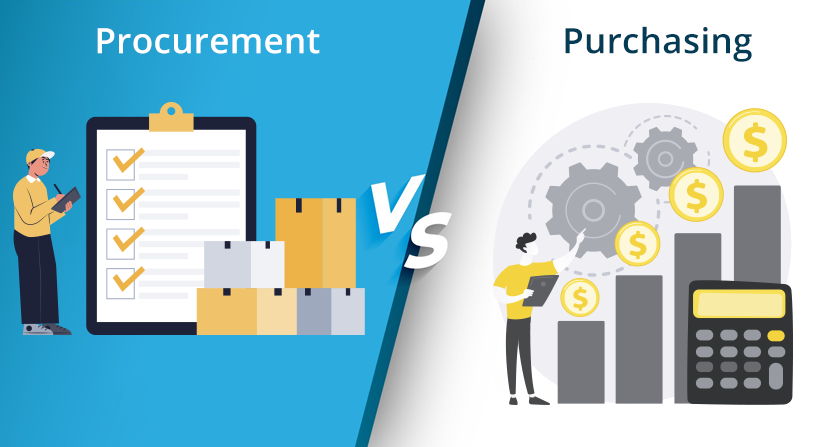Enterprise Resource Planning (ERP) systems have evolved into indispensable business tools to streamline operations and enhance efficiency. Traditionally associated with functions such as finance, human resources, and supply chain management, ERP’s profound impact on product management is often underestimated. There is an intricate relationship between ERP and the Product Management Life Cycle. ERP systems influence and optimize key stages of product development, from ideation to market launch and beyond.
The Product Management Life Cycle encapsulates the journey of a product from its conceptualization to its eventual end-of-life phase. This series of stages involves creativity, planning, development, launch, and post-launch activities. ERP systems, designed to integrate various business processes, have a transformative effect on each stage. By offering a holistic approach to product management, ERP facilitates data-driven decision-making, enhances collaboration, and ensures operational efficiency throughout the product’s life cycle.
What is Product Life Cycle Management?
Product Life Cycle Management (PLM) is a comprehensive approach to managing a product throughout its entire life cycle, from ideation to disposal. PLM involves coordinating people, processes, business systems, and information to drive innovation, improve product quality, and optimize processes. It is a strategic framework for organizations to effectively manage and leverage product-related data and information.
What is a Product Life Cycle Management System?
ERP and PLM software are two distinct but interconnected systems that serve different purposes within a business. While ERP and a Product Life Cycle Management system can complement each other, they typically focus on different aspects of business operations.
While ERP systems often have some functionalities related to product data and manufacturing, they may not provide the in-depth capabilities needed for managing complex product development processes. Therefore, organizations that heavily rely on product innovation and development might find implementing both ERP and PLM systems beneficial.
Many organizations choose to integrate their ERP and PLM software to ensure seamless information flow between product development and other business functions. This integration helps maintain consistency in data, avoiding duplicate entries and improving overall efficiency. For example, when a new product design is created in the PLM system, relevant data can be automatically synchronized with the ERP system for manufacturing and supply chain planning.
Steps of Product Life Cycle
1. Ideation and Conceptualization
The ideation phase in the product life cycle management process sets the foundation for a product’s success. ERP systems play a pivotal role by providing data-driven insights derived from historical data and market trends. Product managers can make informed decisions regarding product features and market positioning by leveraging customer preferences, sales data, and competitor performance. ERP’s analytical capabilities enhance demand forecasting accuracy, minimizing risks associated with new product introductions.
2. Planning and Resource Allocation
ERP systems contribute significantly to resource allocation, budgeting, and scheduling in the planning phase. Integrated ERP modules facilitate seamless collaboration between finance, manufacturing, and procurement departments. This collaboration ensures efficient allocation of resources, including workforce, materials, and finances, thereby minimizing the risk of resource bottlenecks and budget overruns.
3. Development and Prototyping
The development phase is a critical stage in the product management life cycle, and ERP systems play a crucial role in facilitating collaboration and communication among cross-functional teams. By providing a centralized platform for sharing information and updates, ERP systems improve the speed and accuracy of product development.
4. Manufacturing and Supply Chain Management
ERP is pivotal in optimizing manufacturing processes and managing the supply chain for physical manufacturing products. The system helps maintain optimal inventory levels, streamline production schedules, and improve order fulfillment processes.
5. Launch and Marketing
The launch phase marks the culmination of extensive planning and development efforts, and ERP systems continue to play a crucial role in shaping marketing strategies. Integration with Customer Relationship Management (CRM) systems allows for targeted marketing campaigns, personalized promotions, and effective sales forecasting.
6. Post-Launch Analysis and Optimization
The post-launch phase is characterized by ongoing analysis and optimization based on customer feedback and performance metrics. ERP systems play a crucial role in this phase by providing real-time insights into product performance, sales data, and customer satisfaction.
Conclusion
Integrating ERP systems into the Product Management Life Cycle can significantly enhance how businesses approach and execute product development. From ideation to post-launch analysis, ERP systems provide a cohesive and data-driven framework that enhances collaboration, optimizes resource utilization, and improves overall efficiency.
Embracing ERP in product management is not merely an operational choice but a strategic imperative for businesses seeking to navigate the complexities of today’s dynamic markets. By leveraging the capabilities of ERP systems at each stage of the product management life cycle, organizations can foster innovation, improve time-to-market, and ultimately achieve sustained success in an increasingly competitive business landscape. You can learn more about product life cycle management in ERP software by connecting with us here.
Follow Us




